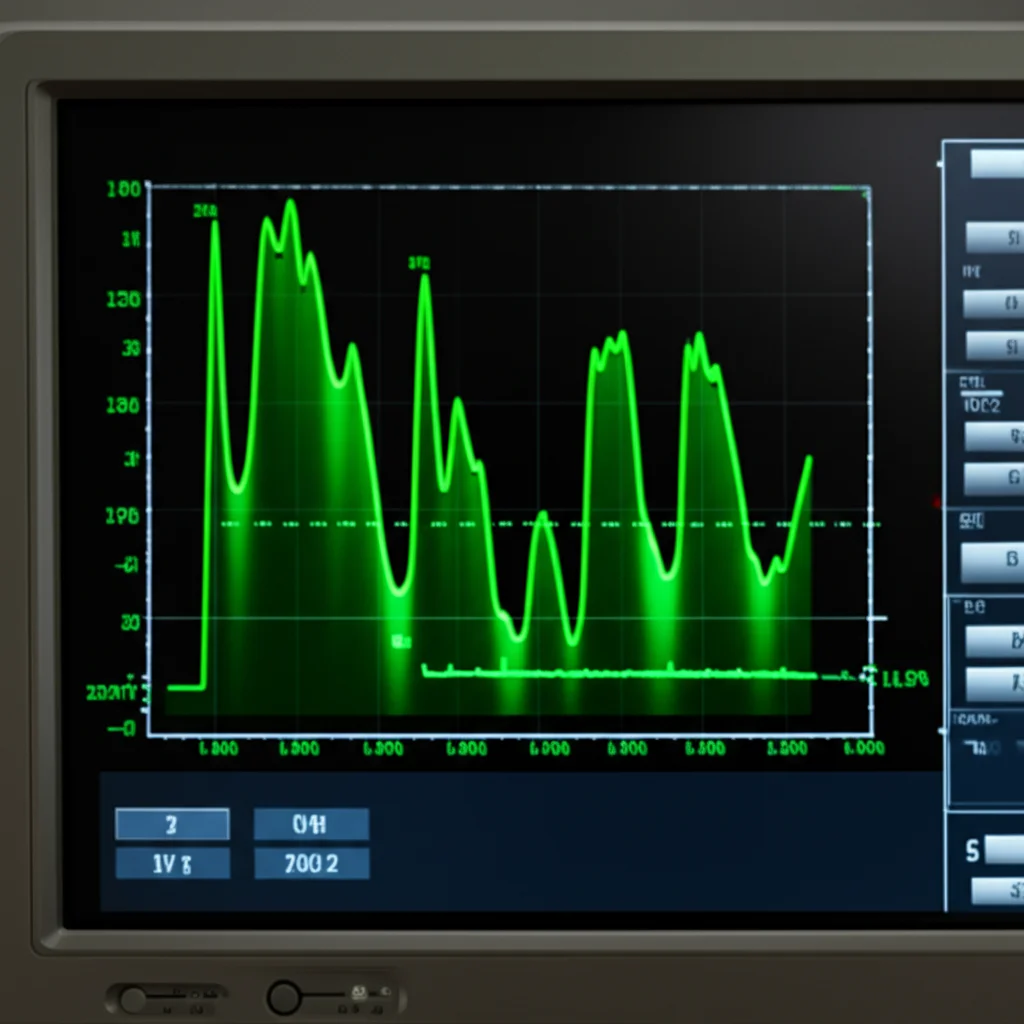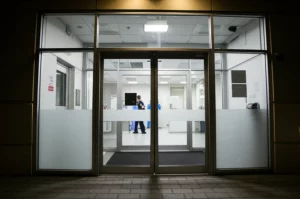Real-Time Liver Check: Predicting Surgery Risk on the Spot
Hey there! Let’s chat about something super important in the world of liver surgery, especially when we’re tackling tough conditions like hepatocellular carcinoma (HCC). You see, taking out a piece of the liver – a procedure called a hepatectomy – is often the best bet for these patients. But, like any major surgery, it comes with risks. One of the big ones we worry about is something called Post-Hepatectomy Liver Failure, or PHLF. It’s basically when the bit of liver left behind just can’t keep up with the body’s demands. And trust me, that’s a serious complication.
For years, we’ve been trying to get better at predicting who’s going to be okay after surgery and who might struggle. Knowing this early on is absolutely key to managing patients and making sure they get the best possible care. We’ve had tools, sure – things like looking at blood tests, using scoring systems like MELD or ALBI, and even measuring how much liver we plan to leave behind. But sometimes, these pre-surgery checks don’t tell the whole story. The liver is a complex organ, and its function can be a bit patchy, not uniform throughout.
The Burning Question: Can We Do Better?
That got us thinking. What if we could get a clearer picture of the *remnant* liver’s function – the part that stays in the body – not just before surgery, but *during* the operation itself? This is where a cool test called the indocyanine green (ICG) test comes in. It’s been used for a while, especially in places like Asia, to check overall liver function before surgery. It measures how well the liver clears a special dye from the blood over time, often looking at the retention rate after 15 minutes (ICGR15).
Pre-surgery ICGR15 is helpful, no doubt. Guidelines suggest certain thresholds (like less than 14% or 10%) for determining if a major resection is safe. But, as I mentioned, that’s for the *whole* liver. What about the piece we’re leaving behind? Its function might be different! Some earlier work hinted that checking ICG *during* surgery could be useful, but there wasn’t a clear, agreed-upon number to watch out for, especially for specific procedures like taking out half the liver (a hemi-hepatectomy).
Our Study: Getting Down to Business
So, we decided to dive in. We set up a prospective study – that means we planned it out beforehand and followed patients as they went through the process. We recruited 31 patients who were having a hemi-hepatectomy for HCC. Our main goal was to see if measuring ICGR15 for the remnant liver *during* the surgery could predict those nasty Grade B/C PHLF complications.
We measured ICGR15 at three key moments: before surgery, during the surgery (specifically, after we’d clamped the blood supply to the part we were removing, but before we cut it out – this gives us a snapshot of the remnant’s function), and then again after the surgery was finished. We used standard methods and equipment to do this, making sure everything was consistent.
We also collected tons of other data – things like the patient’s age, other liver function scores (ALBI, MELD), how much liver volume was left, blood loss during surgery, and so on. We threw all this data into some pretty smart statistical models, including logistic regression and something called XGBoost (a fancy machine learning algorithm), to see which factors were the best predictors of PHLF.
What We Discovered: The Intra-Hepatectomy Moment is Key!
Alright, drumroll please… What did we find? Out of our 31 patients, 8 (about 25.8%) ended up developing Grade B/C PHLF. When we crunched the numbers, the results were pretty clear. While some pre-surgery scores like ALBI showed some promise, the real standout predictor was the ICGR15 measured *during* the surgery – the intra-hepatectomy ICGR15 for the remnant liver.
This measurement had the highest accuracy in predicting who would get PHLF. It was significantly better than the pre-surgery or even the post-surgery ICGR15 measurements. Think of it like this: the pre-surgery test is like checking the weather forecast for the whole week, but the intra-surgery test is like looking out the window *right now* to see if it’s raining on the specific spot you care about (the remnant liver).

Why might the post-surgery measurement be less accurate? Well, surgery is tough on the body. Things like temporary clamping of blood vessels (the Pringle maneuver) and the stress of the operation itself can temporarily affect liver function tests right after the procedure, potentially making them less reliable for predicting longer-term failure.
Finding the Magic Number: 19.8%
Since the intra-hepatectomy ICGR15 was such a strong predictor, we wanted to find the best cutoff value – a specific number that could tell us, “Okay, above this, the risk goes up significantly.” Using statistical methods, we identified 19.8% as the optimal threshold.
What does that mean in practice? Patients in our study whose intra-hepatectomy ICGR15 was 19.8% or higher were at a significantly increased risk of developing Grade B/C PHLF. Not only that, but they also experienced more severe complications overall after surgery. This number isn’t just theoretical; it’s a potential warning sign right there on the operating table.
Why This is a Big Deal for Surgeons
This finding is super important because it gives surgeons a real-time tool. Imagine you’re in the middle of a hemi-hepatectomy. You’ve isolated the part you need to remove, clamped its blood supply, and you measure the ICGR15 of the remaining liver. If that number is 19.8% or higher, it’s a red flag. This isn’t just a pre-op prediction; it’s a functional assessment of the liver you’re *leaving behind*, right at that critical moment.
Compared to other methods, like just measuring the volume of the remnant liver (which, surprisingly, didn’t predict PHLF as well in our study – volume doesn’t always equal function!) or complex tests like LiMAx (more common in Western centers), the intra-hepatectomy ICG test is relatively straightforward and gives immediate feedback. It helps bridge the gap between pre-operative planning and the reality of the liver’s function during the stress of surgery.
Putting the Number to Work: What to Do When It’s High?
So, if we’re operating and the intra-hepatectomy ICGR15 hits that 19.8% mark or goes higher, what’s the plan? Based on our findings and clinical judgment, here are some strategies we might consider:
- Rethink the Plan: If possible, we might need to abort the planned hemi-hepatectomy and consider a smaller resection or even non-surgical options, balancing the need to remove the tumor with the risk of liver failure.
- Step Up Post-Op Care: If we proceed, we know this patient is high-risk. We’d ramp up monitoring in the ICU, potentially give albumin infusions, and be extra vigilant with things like prophylactic antibiotics to ward off infections.
- Pre-Op Prep for Borderline Cases: For patients who look borderline before surgery, maybe a procedure like portal vein embolization (PVE) beforehand could help the future remnant liver grow stronger, potentially lowering that intra-op ICGR15 number.
These steps aren’t about being overly cautious; they’re about using this real-time information to make the safest possible decision for the patient, right there on the table.

Strengths and What’s Next
We think this study has some solid points. It was prospective, meaning we designed it specifically to answer this question, which makes the data more reliable. Plus, focusing only on HCC patients undergoing hemi-hepatectomy makes our findings particularly relevant for this specific group and procedure. Establishing that 19.8% threshold provides a concrete number that surgeons can use as a guide.
Now, no study is perfect, and ours has limitations. It was done at a single center, and 31 patients isn’t a massive number. While a power analysis showed we had enough power to detect significant differences for a pilot study like this, we definitely need to see if these findings hold up in larger groups of patients from different hospitals. We’re already working with other centers to do just that!
Future research should also explore if this 19.8% threshold applies to patients having liver surgery for other reasons, or if they’re having smaller resections than a hemi-hepatectomy. The liver is complex, and we’re always learning.

Wrapping It Up
So, what’s the takeaway? For patients undergoing hemi-hepatectomy for HCC, measuring the ICGR15 of the remnant liver *during* the surgery is a powerful tool for predicting the risk of serious liver failure. That 19.8% mark seems to be a crucial threshold. If the number hits or exceeds that, it’s a clear signal that the patient is at higher risk, and it should prompt the surgical team to potentially adjust their plan or prepare for more intensive post-operative care. It’s about using real-time data to make the best possible decisions for our patients when it matters most.
Source: Springer







